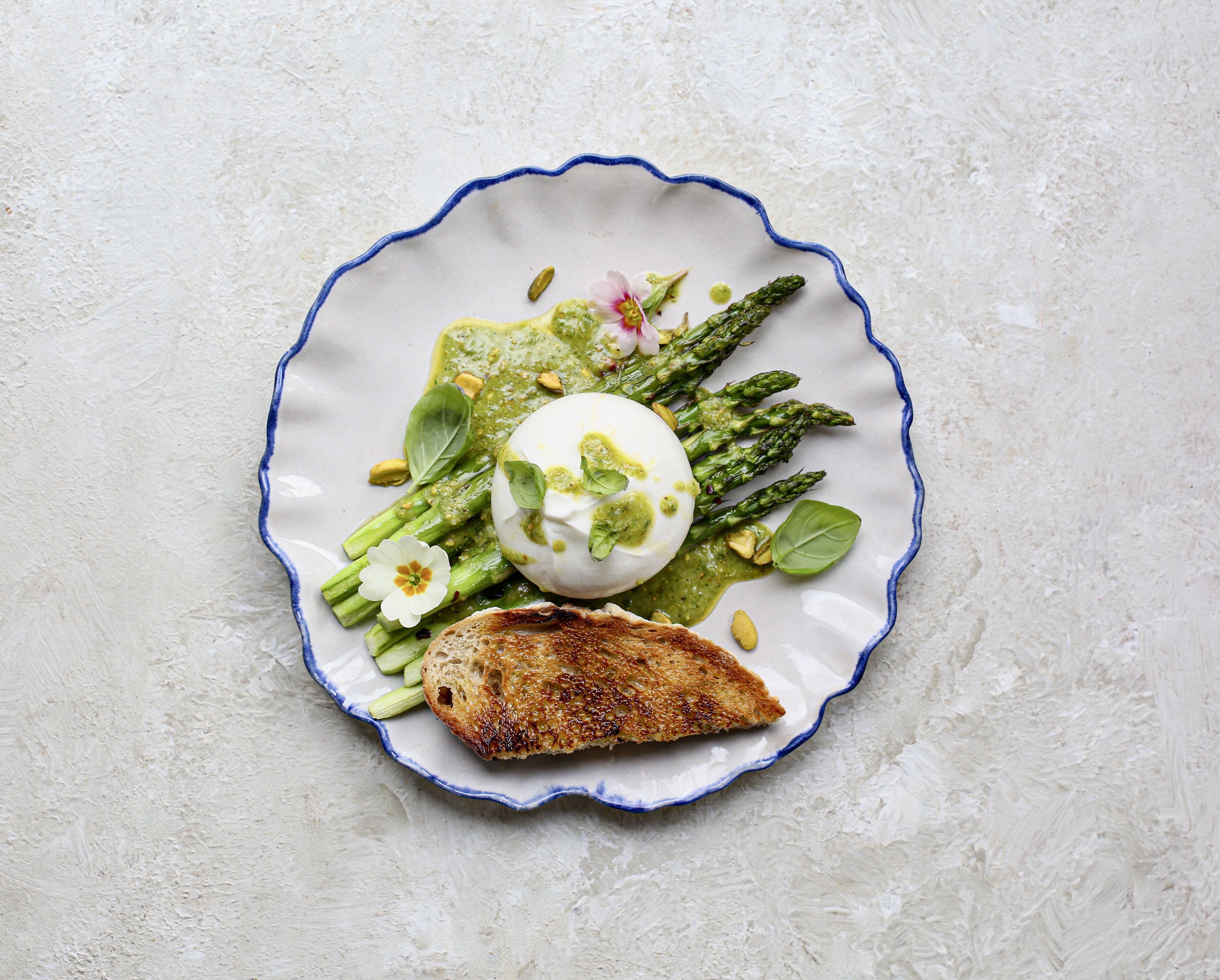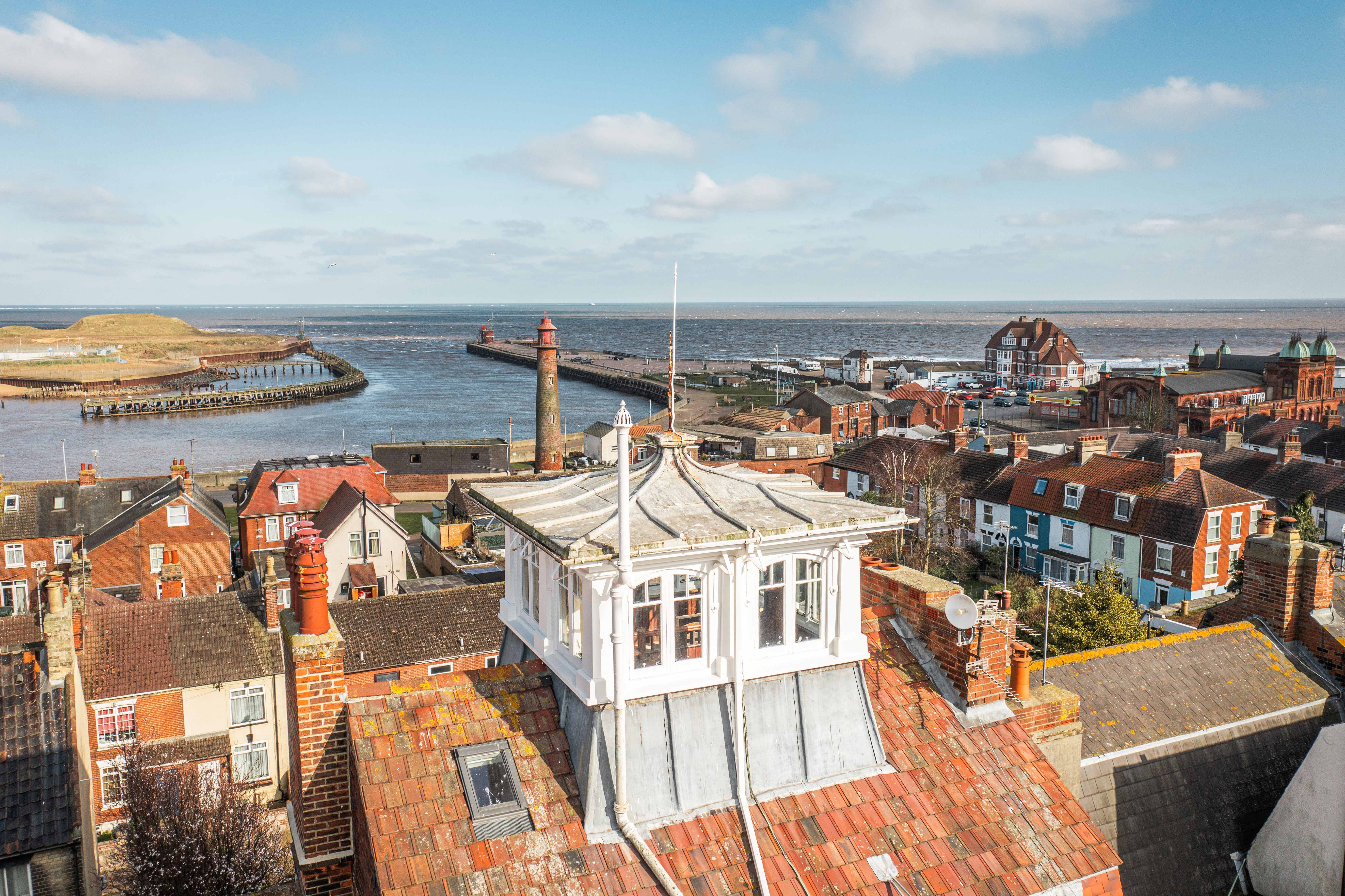A quick and easy mulled wine recipe
Susannah Glynn discovers the best classic mulled wine recipe as well as suggesting a few little twists.


Few things are as warming and welcome as mulled wine on a nippy winter's day. Unlike many of our Christmas traditions, which originate with the Victorians, hot, spiced wine dates at least as far back as medieval times (other sources cite references to a mulled wine equivalent during the time of ancient Greece and the physician Hippocrates), when it is thought spics were added to wine that had gone bad to mask the taste, and that the heated mixture had medicinal properties.
While there are generic suggestions for which herbs and spices are best for a proper, spiced mulled wine, there are few hard and fast rules, and the concoction below can be tweaked and added to for taste.
There are a few other tips to bear in mind. Always use a stainless steel pan, as the acids in the wine can react with aluminium pans to leave a metallic taste. And do not let the mixture boil — not only will the alcohol evaporate, but boiling can cause the mixture to separate.
You should also use half-decent wine — the general consensus may be that cheapish red wine will do but, as Emily Monseur of Berry Bros told us, ‘if you use bad wine you risk spoiling the taste completely.' Emily recommends a fruity, full-bodied wine which is not too acidic — an Australian shiraz is a fine choice, but a Tempranillo from Spain or Chilean merlot work well. All are sturdy and fruity but won't overwhelm the spices.
For something extra follow the lead of the Swedes, who add raisins and sometimes almonds as well as a little vodka to their mulled wine equivalent, Glogg.
And finally, in the unlikely event that there is some left over, you needn't get rid of it. With the fruit strained out the mulled wine can be stored in the fridge for several days and reheated later.
Mulled wine recipe
Ingredients
Serves 12
Sign up for the Country Life Newsletter
Exquisite houses, the beauty of Nature, and how to get the most from your life, straight to your inbox.
- 1 bottle red wine
- 2 cinnamon sticks
- Pinch fresh grated nutmeg
- 12 cloves
- 1tsp ground ginger
- (Other herbs and spice s that can be added include anis, cardamon (crushed) and vanilla)
- The juice of one orange
- One orange and one lemon cut into segments
- 4 tablespoons of Demerara sugar or honey
- Tablespoon of spirits or fortified wine. Cointreau, Grand Marnier, port or brandy work well.
- Muslin bag or 20cm square cloth tied with string
- Steel pan
Method
Collect the herbs and spices in the muslin to make a sachet. Making your own mulling bag will remove the need to strain the mixture at the end.
Pour ¼ pint of water and 4 tablespoons of Demerara sugar into a stainless steel pan with the muslin sachet.
Heat until the sugar has dissolved and you are left with a spiced syrup.
Add the wine, fruit juice and fruit pieces and heat through for about 45 minutes but don't allow the mixture to boil.
Add any extra alcohol just before serving.
This recipe first appeared in Country Life in 2009, and is as good as ever!

Credit: Alamy
Nine things you ought to know if you're having goose for Christmas
If you're looking for a change from turkey for Christmas dinner, goose is the obvious choice – but there are
Country Life is unlike any other magazine: the only glossy weekly on the newsstand and the only magazine that has been guest-edited by HRH The King not once, but twice. It is a celebration of modern rural life and all its diverse joys and pleasures — that was first published in Queen Victoria's Diamond Jubilee year. Our eclectic mixture of witty and informative content — from the most up-to-date property news and commentary and a coveted glimpse inside some of the UK's best houses and gardens, to gardening, the arts and interior design, written by experts in their field — still cannot be found in print or online, anywhere else.
-
 Two quick and easy seasonal asparagus recipes to try this Easter Weekend
Two quick and easy seasonal asparagus recipes to try this Easter WeekendAsparagus has royal roots — it was once a favourite of Madame de Pompadour.
By Melanie Johnson
-
 Sip tea and laugh at your neighbours in this seaside Norfolk home with a watchtower
Sip tea and laugh at your neighbours in this seaside Norfolk home with a watchtowerOn Cliff Hill in Gorleston, one home is taller than all the others. It could be yours.
By James Fisher